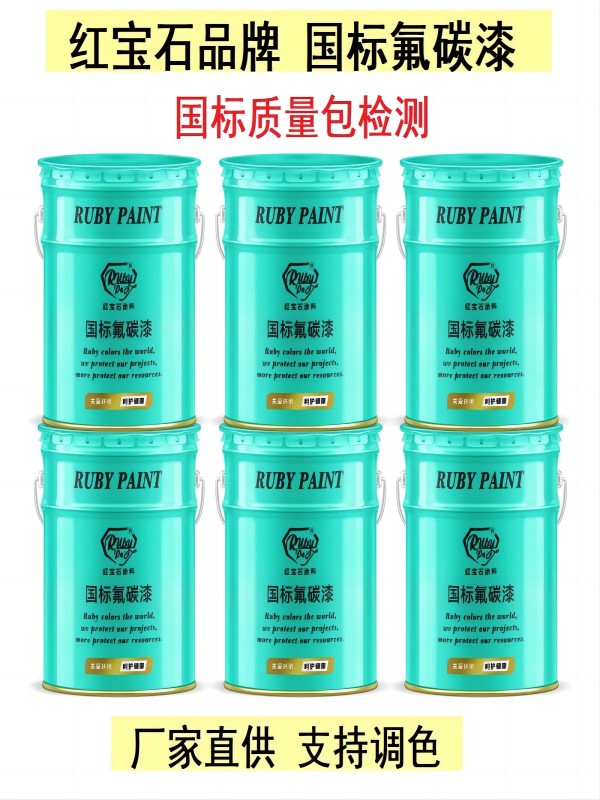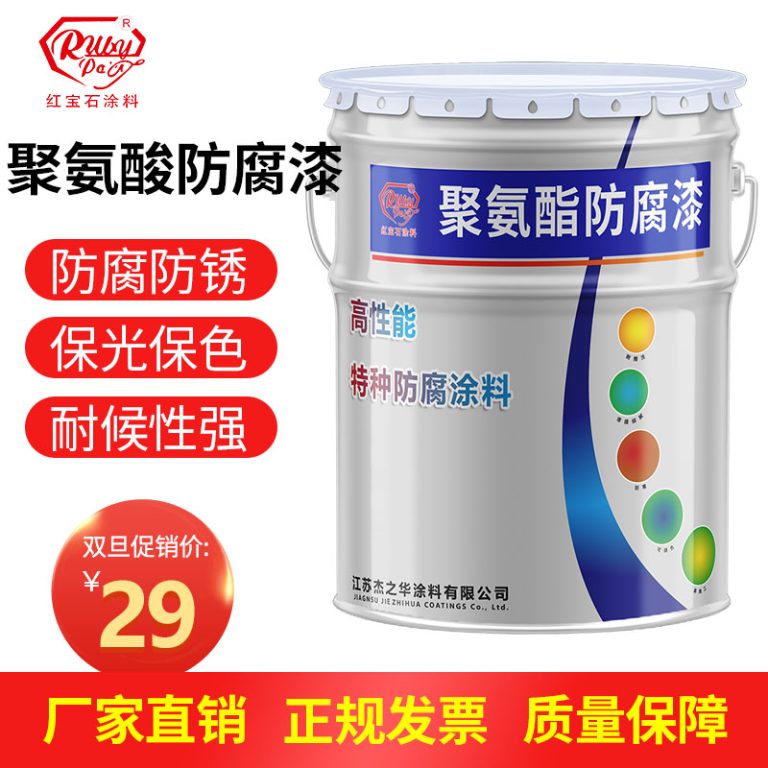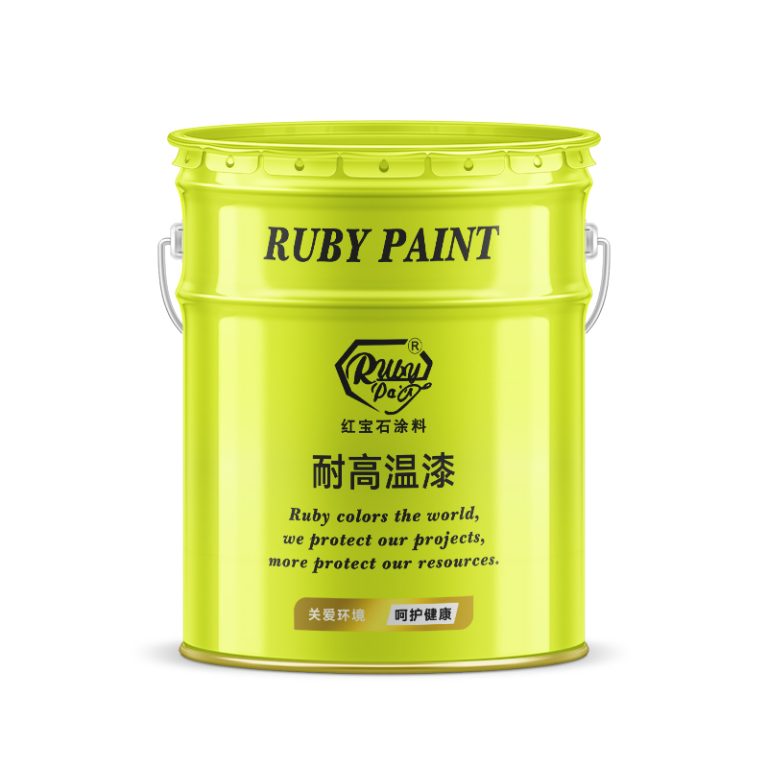Table of Contents
Techniques for Mixing and Blending Red Acrylic Paint
Acrylic paint is a versatile medium that offers artists a wide range of possibilities when it comes to color mixing and blending. Red, in particular, is a vibrant and powerful color that can add depth and emotion to any artwork. However, achieving the perfect shade of red can be a challenge, as it requires a careful balance of hues and an understanding of color theory. In this article, we will explore some techniques for mixing and blending red acrylic paint to help you create stunning and dynamic artworks.
One of the first things to consider when mixing red acrylic paint is the type of red you want to achieve. There are many different shades of red, from bright and fiery to deep and muted. To create a specific shade, you will need to mix red with other colors. For example, adding a small amount of yellow to red will create a warm, orange-red hue, while adding blue will create a cooler, purple-red shade. It’s important to experiment with different color combinations to find the right balance for your artwork.
Another technique for mixing red acrylic paint is to use a color wheel. A color wheel is a visual tool that shows the relationships between different colors. By using a color wheel, you can see which colors are complementary (opposite each other on the wheel) and which are analogous (next to each other on the wheel). Complementary colors can be used to create vibrant and contrasting effects, while analogous colors can be used to create harmonious and cohesive color schemes. For example, if you want to create a bold and eye-catching red, you could mix it with its complementary color, green. This will create a high-contrast effect that can make your red pop.
Blending is another important technique for working with red acrylic paint. Blending involves mixing two or more colors together on the canvas to create a smooth transition between them. This can be done using a variety of tools, such as brushes, palette knives, or even your fingers. When blending red acrylic paint, it’s important to work quickly, as acrylic paint dries fast. You can also use a medium, such as glazing liquid or retarder, to extend the drying time and make blending easier.
One effective way to blend red acrylic paint is to use a wet-on-wet technique. This involves applying a layer of wet paint to the canvas and then adding another layer of wet paint on top of it. By gently blending the two layers together, you can create a seamless transition between colors. This technique is particularly useful for creating soft and subtle gradients, such as a sunset or a sky.
| No. | Name |
| 1 | Industrial paint |
Finally, it’s important to consider the opacity and transparency of your red acrylic paint when mixing and blending. Some red pigments are more opaque than others, which can affect how they interact with other colors. Transparent reds, on the other hand, can be layered to create depth and richness. By understanding the properties of your red acrylic paint, you can make informed decisions about how to mix and blend it to achieve the desired effect.
In conclusion, mixing and blending red acrylic paint requires a combination of color theory, experimentation, and technique. By understanding the different shades of red, using a color wheel, blending colors on the canvas, and considering the opacity and transparency of your paint, you can create stunning and dynamic red artworks that capture the eye and evoke emotion.
Exploring the Symbolism and Emotional Impact of Red Acrylic Paint in Art
Red acrylic paint is a powerful tool in the hands of an artist, capable of evoking a wide range of emotions and symbolisms. This vibrant hue has been used throughout history to represent passion, love, anger, and danger. Its boldness and intensity can command attention and provoke strong reactions from viewers, making it a popular choice for artists looking to make a statement or evoke specific feelings.

The symbolism of red in art can be traced back to ancient civilizations, where it was often associated with life, vitality, and power. In many cultures, red is considered a sacred color, representing the blood of life and the fire of the sun. This deep-rooted connection to the essence of existence makes red a compelling choice for artists exploring themes of life, death, and transformation.
In contemporary art, red acrylic paint continues to be a versatile and expressive medium. Its ability to convey a wide range of emotions makes it a favorite among artists who wish to explore the complexities of human experience. Whether used to create a sense of urgency and danger or to evoke feelings of love and warmth, red has the power to resonate deeply with viewers.
The emotional impact of red acrylic paint is undeniable. Its intensity can heighten the drama of a piece, drawing viewers in and holding their attention. This can be particularly effective in abstract art, where the boldness of red can be used to create striking contrasts and dynamic compositions. In figurative art, red can be used to highlight key elements or convey the emotional state of the subjects, adding depth and complexity to the work.
Moreover, the versatility of red acrylic paint allows artists to experiment with different shades and tones to achieve a wide range of effects. From deep, rich crimsons to bright, fiery scarlets, each variation of red can evoke a different mood and carry different connotations. This flexibility makes red an invaluable tool in the artist’s palette, enabling them to tailor their use of color to the specific needs of each piece.
In addition to its emotional and symbolic significance, red acrylic paint also offers practical advantages for artists. Its fast-drying properties and ease of use make it an ideal medium for both beginners and experienced painters. The ability to quickly layer and modify colors allows for greater experimentation and creativity, enabling artists to explore the full potential of red in their work.
| No. | Product |
| 1 | Industrial paint |
In conclusion, red acrylic paint is a potent and multifaceted medium that has captivated artists for centuries. Its rich symbolism and emotional impact make it a powerful tool for conveying a wide range of feelings and ideas. Whether used to create bold, eye-catching pieces or to add subtle touches of warmth and intensity, red acrylic paint continues to be a staple in the world of art, offering endless possibilities for creative expression. As artists continue to explore and experiment with this dynamic color, the significance and influence of red in art are sure to endure, inspiring and engaging viewers for generations to come.





